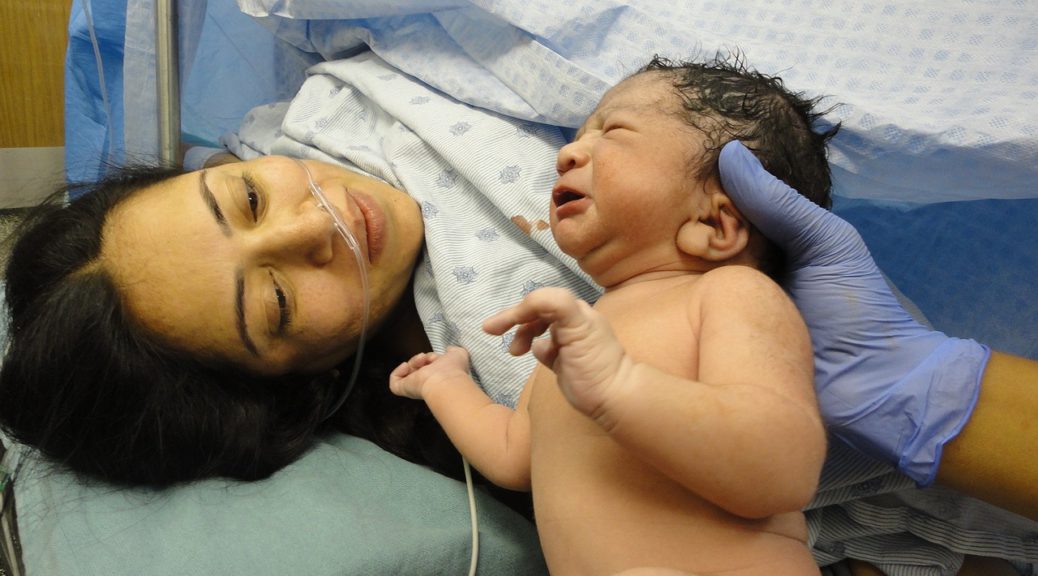
Breastfeeding after C-section
Hospital routines in many countries still do not allow in many cases to humanize cesarean sections and make them less traumatic for the new family, which influences breastfeeding after c-section. The presence of the partner at birth by cesarean section is often not allowed, nor is it possible to maintain first skin-to-skin contact that promotes a suitable start to breastfeeding. Mothers are sometimes transferred to recovery, where they can be a few hours without their babies. The parents may end up depending on the goodwill of some professionals who are more sensitive to the reality experienced by families in these cases. Here is what to consider when breastfeeding after a c-section.
What can I do to facilitate breastfeeding?
If the cesarean section has been an emergency or was unexpected, you cannot make plans. But in the case of a planned c-section, and if you have decided that you want to breastfeed, you will first have to find out about the hospital protocols. If it is a restrictive center or for whatever reason, you know that you are going to be a few hours away from your baby, and it is not possible to change center; the best thing is to have a couple of things ready.
Often, babies born by cesarean are quite asleep due to the anesthesia and the way they are born; remember that the birth process activates both the baby and the mother’s body to produce milk. If they arrive sleepy or confused, they sometimes have difficulties asking for breastfeeding and are sleepy.
If the c-section was due to a loss of well-being of the baby, and this causes mother and baby to be separated, and the baby has to be admitted without the possibility of breastfeeding, start to stimulate the breast as soon as possible and manually express colostrum every 2-3 hours. The colostrum can be stored so it can be given to your baby when it is ready to start feeding.
Remember that the c-section does not delay mature breastmilk coming in, but what can cause a delay in this process are hospital routines that make a good start difficult.
Which breastfeeding positions are best?
When the mother and baby are finally together, the mother will have more or less pain in the scar area, and it is very possible that she is also tired. Therefore, it is vital to find a comfortable breastfeeding position. Sometimes, mothers feel bad because they cannot do everything they would like due to the pain and reduced mobility that they have after the operation. However, some positions allow breastfeeding these first days, avoiding strains to the painful area of the abdomen.
Ventral posture: in the first place, you can try to place the baby on top of the mother. To protect the abdomen from little kicks, thin pillows, such as those used for outdoor chairs, are great. This way, you can protect the wound without changing the baby’s posture.
Lateral posture: protecting the belly with the pillow is very useful if the mother can be put to the side, parallel with the baby, so that the little one can latch onto the breast.
Lateral inverse: yes, it is a little strange, but it works well when you do not have a pillow. Mother and baby are placed in parallel but in reverse: head/feet, feet/head. So, the baby’s feet are directed toward the mother’s head, so there is no risk of receiving any unexpected kicks.
As in any breastfeeding journey, it is important to receive professional and family support, which allows mothers to feel sheltered and cared for at all times. Caring for a newborn after a major operation, such as a c-section, is a significant physical effort, and the mother must receive the maximum help and attention so that she can recover while attending to the baby’s demands.
You can find more information about all things breastfeeding in our free app, LactApp, for iPhone or Android.